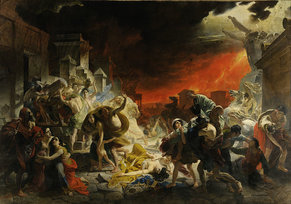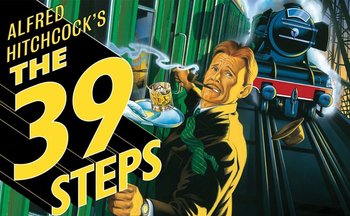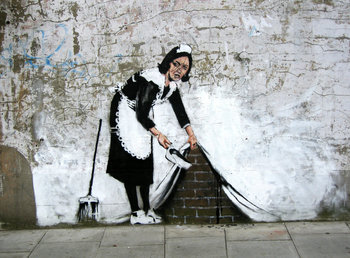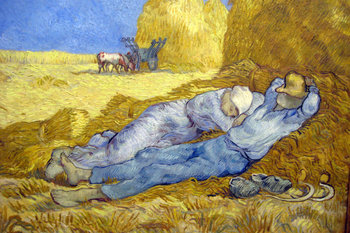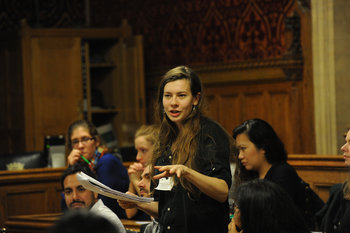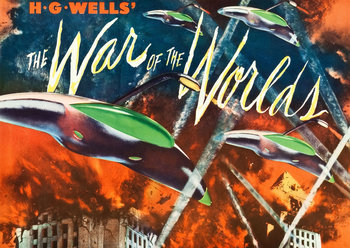
Bravery
Indirect language often results from an attempt to weaken your point in order to avoid criticism. At the extreme, language may be designed to be incomprehensible in order to make it difficult to criticize. Direct language bravely makes a point.IndirectIt has been said that ice hockey is Canada's national sport. It is certainly true that many Canadians like hockey. However, it can't be said that all Canadians like hockey as it depends on the person.DirectCanadians like hockey.
Candor
Open and honest communication is more direct. This can be considered rude. That is to say, that it is common to use indirect language to make criticism softer and more constructive to allow people to save face.IndirectYour book has admirable qualities and is certainly readable. One thing that you might consider improving is the plot. Perhaps it could have more force, direction and appeal.DirectYour plot is dull and obvious.
Humility
Direct language is produced with an intent to communicate as opposed to an intent to impress.IndirectThis wine has a brilliant, saucy and full bodied character that make it perfect for cellaring, however it is drinkable straight away once you uncloak it to the Earth’s atmosphere.DirectThis wine can be consumed immediately or aged in a wine cellar.
Concise Phrasing
Saying things in the shortest way that is likely to be clear to your audience. This can be done by choosing short phrases over long and eliminating unnecessary words.IndirectIt was an occasion in the past when I was absolutely filled with fear about the future.DirectAt the time, I was worried about my future.
Concise Information
Leaving out unnecessary details such as personal experiences, supplementary information and opinion that don't add much to what you are trying to communicate.IndirectI have been to Tokyo at least 20 times but the first time I was there in 2008 I was surprised to find there are many bridges because there are many rivers in the city. This is a fact of which many people are unaware such that they find it surprising.DirectThere are five large river systems in Tokyo known as Tonegawa, Arakawa, Tamagawa, Sagamigawa, and Tsurumigawa.
Plain Language
Plain language is the use of vocabulary and phrases that are familiar to a broad audience. Words that require special knowledge such as jargon, acronyms, slang and obscure vocabulary are avoided. Direct language is plain but plain language isn't necessarily direct.IndirectReputations systems have disrupted revenue management practices in the hospitality industry impacting ARI.DirectTravel review websites have changed the way that hotels and airlines sell their services impacting availability, rates and inventory.
Low Drama
Generally speaking, direct language seeks to communicate information and emotion without much dramatic color. For example, adjectives and adverbs are often omitted.IndirectOur skillful driver transported us in a flash to a mesmerizing beach.DirectWe took a cab to a beach.
Summary
Direct language is concise and unambiguous such that it is intended to communication meaning.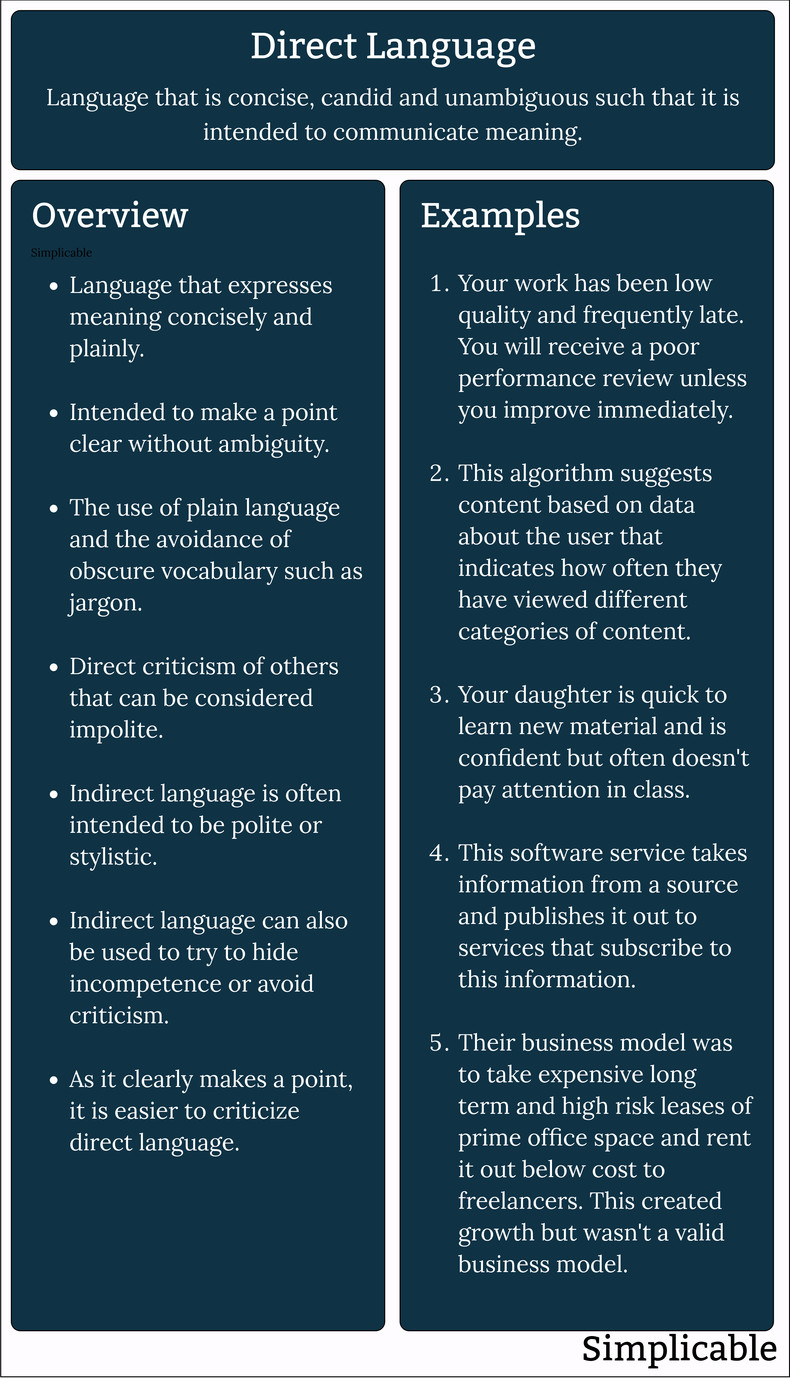
| Overview: Direct Language | ||
Type | ||
Definition | Written or spoken language that communicates meaning as clearly, concisely and candidly as possible. | |
Related Concepts | ||







